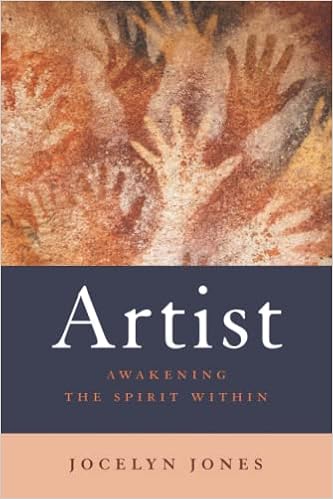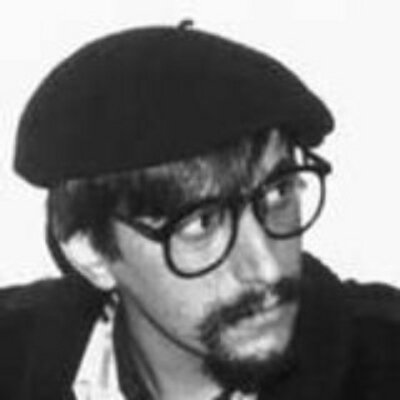Blog Archives
Who the Heroes and Villains Truly Are….
The Korpes File follows a technician born into the underclass of his world when he is marked by the ruling class as a threat due to his genetic make-up and is forced to fight back. What was the inspiration for the idea at the core of this exciting novel?
This is a complicated question to answer because the inspiration came in stages over the course of thirty years.
I was an artist long before I became an author. Concepts for the world of Tamyrh started showing up in illustrations while I was still in high school in the early-80s.
In 2012, a friend approached me to brainstorm on a game he was designing. I suggested that he let me do some world-building for him, and I wrote two pieces of flash fiction to go with the maps I’d designed. The game was shelved (unfortunately), and my work was returned to me, but that burst of writing led me to dig Tamyrh out of my portfolio case and look at it again. That was it; my objective became “write something that I would want to read,” and books one through five were plotted by the following summer.
Dystopian themes in science fiction are popular, and I wanted to create something that depicted both the protagonists and antagonists as living in the shadows and light between good and evil. To have a worthy, three-dimensional hero, you must have an equally worthy, three-dimensional adversary. Each one has to have reasons behind what they do, and regardless of how they start out they each have to have the potential to redeem or to condemn themselves. Thus, my series is about life, people, flawed, challenged, and hopefully tangible enough to touch. Ultimately, the reader’s sympathies will decide who the heroes and villains truly are….
Nash Korpes is an interesting character that, I felt, continued to develop as the story progressed. What were some themes you wanted to capture while writing his character?
First, thank you for the compliment. If I’m going to be honest, I didn’t start off with a theme for Nash apart from the fact that he was taken from his family in the Diaspora at an early age, and that he was isolated because of his ‘gifts’ and heritage. I wrote a few short scenes of interaction and dialogue and then let his personality emerge organically as the plot points presented themselves. I’m still learning things about him. At heart, he’s a good man, he tries his best, but like everyone, he falls down, gets dirty, and can make terrible decisions that have lasting ramifications. By the end of book one, I felt he was a non-angsty, relatable protagonist for everyone who’s ever felt like they were on the outside looking in due to their ethnicity, a disability, or their socio-economic background.
This book is a gritty thriller and action-packed adventure to the very end. What were some sources of inspiration for the detailed world in this book?
I’ve been fortunate enough to have traveled widely and lived abroad in my early years, and those experiences can’t help but factor into my world’s design unconsciously.
As I mentioned earlier, I consciously began world-building Tamyrh back in high school; I’m an artist, so creating maps, designing the aliens, and doing concept art was fun. The toxic jungle, “The Seep”, as well as the ancient history of Tamyrh were invented then, but, I didn’t officially begin adding in the hard-science behind my world until 2012. Since then, I’ve been compiling research to give my world a sense of dimension and reality.
Now, I have an entire Pinterest account dedicated to ‘novel inspirations’ – it includes flora, fauna, visuals for the racial groups, cluster city concepts, diaspora inspiration, articles on real-world developments in science and physics, and cutting-edge technological advancements. They do say that a picture is worth a thousand words.
On an associated note, I’m planning to release a limited edition character sketchbook in 2020 – Patreon funded. A bestiary and world atlas are also in the works.
This is book one in the 942 Series, when will book two be available and where will the story pick up in that book?
I’m finishing up book two right now, and I plan to release it in December. The story picks up with Nash and Davis, roughly two months after the end of book one. A collection of short stories from the series will be published in October.
Author Links: GoodReads | Twitter | Facebook | Website | Pinterest
For those that love classic “Star Trek” and modern “Battlestar Galactica”, “The Korpes File” taps a fresh vein of science fiction gold.
“As if being born Diasporan wasn’t enough, Technician Nash Korpeshas the bad luck to match his Tyran ancestors in form and manner. Thesetraits, though highly prized by the special projects division at Korlune Military Research and Development, mark him as a specter from theirwarlike past. With only his intellect to save his sanity, he wages aprivate war against the entire socioeconomic status quo and uncovers anemesis that threatens them all.”





![Danloria: The Secret Forest of Germania by [Gonsalves, Gloria D.]](https://images-na.ssl-images-amazon.com/images/I/61fTOoxalgL.jpg)


![Crimes of Rumba: Volume I Congo Music by [Antha, Thierry]](https://images-na.ssl-images-amazon.com/images/I/51zjmI9wPzL.jpg)

![Jagdlied: a Chamber Novel for Narrator, Musicians, Pantomimists, Dancers & Culinary Artists (color paperback) by [Landon, Dolly Gray]](https://images-na.ssl-images-amazon.com/images/I/61zL%2BQ6E4RL.jpg)




